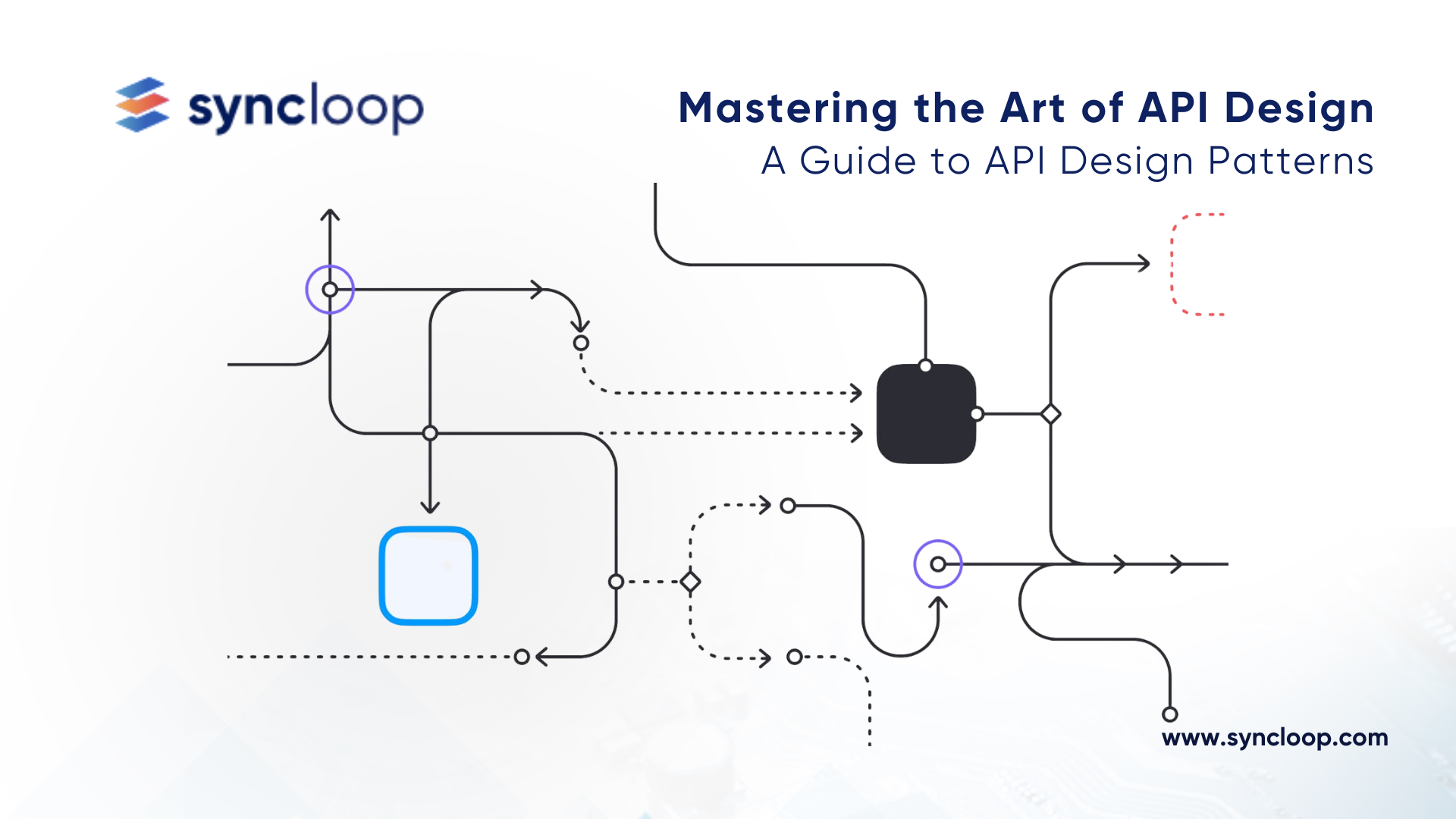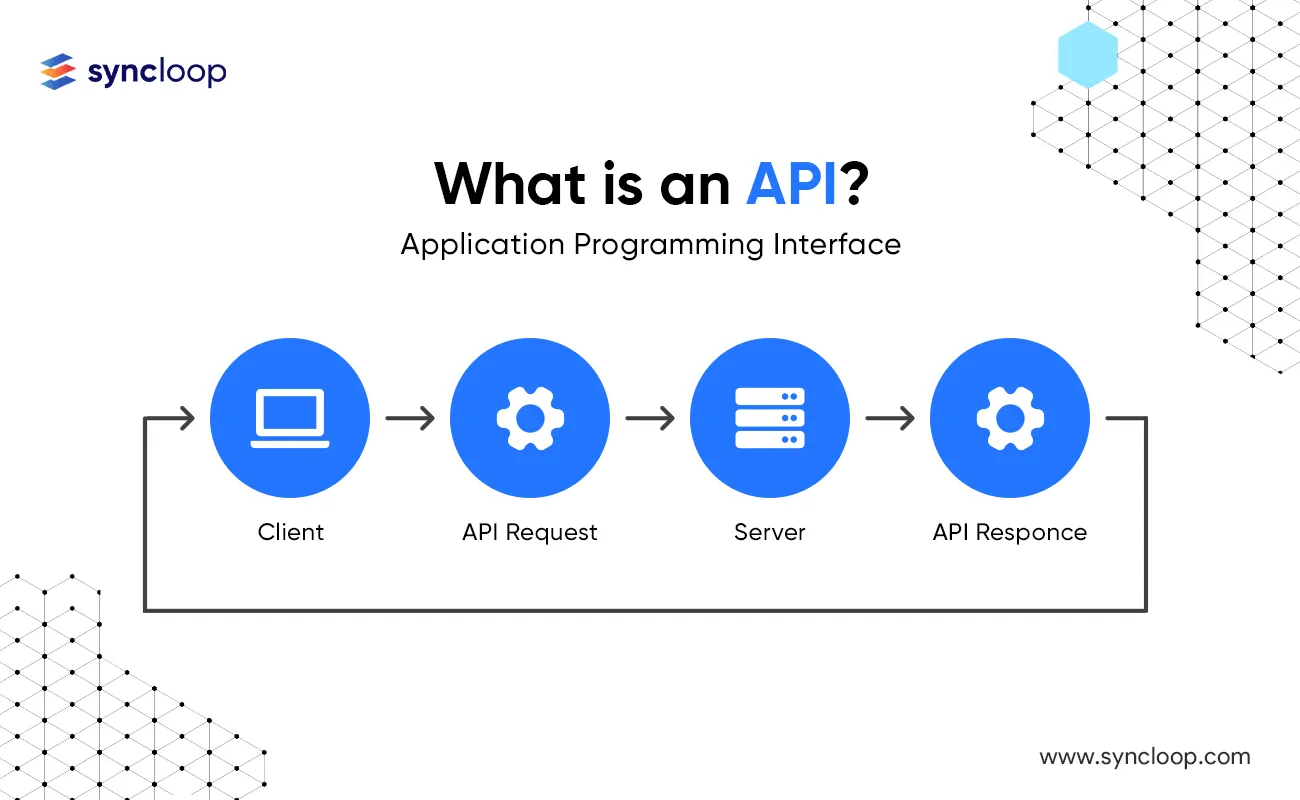Mastering the Art of API Design: A Guide to API Design Patterns
Posted by: Deepak | July 09, 2024

Categories: Scalable API Architecture, Developer Experience, API Consistency
In the age of microservices architectures and ubiquitous APIs (Application Programming Interfaces), creating well-designed APIs is paramount. Effective API design patterns provide a foundational framework for building consistent, reusable, and user-friendly APIs. This blog delves into the core concepts of API design patterns, explores various RESTful API design patterns, and discusses their benefits, implementations, and considerations.
Why API Design Patterns Matter
Statistics highlight the growing importance of well-designed APIs:
A study by Apigee reveals that poorly designed APIs can lead to a 20% decrease in developer productivity.
API design patterns offer numerous benefits:
- Improved Consistency and Maintainability: Utilizing established design patterns promotes consistency across your API ecosystem, making APIs easier to understand, maintain, and evolve over time.
- Enhanced Developer Experience: Consistent API design patterns make your APIs more intuitive for developers to use, reducing learning curves and accelerating integration efforts.
- Reduced Development Time and Cost: Leveraging proven design patterns can streamline API development by providing pre-defined solutions for common API functionalities.
- Increased Reusability and Scalability: Well-designed APIs can be easily reused across different applications and services, promoting scalability and flexibility within your architecture.
What are API Design Patterns?
API design patterns are well-established and documented solutions to recurring problems encountered when designing APIs. They provide a blueprint for structuring your APIs in a way that is consistent, efficient, and user-friendly. Here are some key characteristics of API resources following an API design pattern:
- Clearly Defined Naming Conventions: Resources and methods are named intuitively and consistently to reflect their purpose and functionality.
- Predictable Response Formats: API responses adhere to a consistent format (e.g., JSON, XML) with well-defined structures for data representation.
- Standardized HTTP Methods: APIs utilize HTTP methods (GET, POST, PUT, DELETE) according to their intended functionality (retrieving, creating, updating, and deleting data respectively).
- Resource-Oriented Structure: APIs are organized around resources, with endpoints representing actions performed on those resources.
Common RESTful API Design Patterns
REST (Representational State Transfer) is a widely adopted architectural style for designing web APIs. Here are some common RESTful API design patterns:
- Collections and Items: This pattern represents a collection of resources (e.g., /users) and individual items within that collection (e.g., /users/123).
- Filtering and Pagination: APIs can leverage query parameters for filtering results based on specific criteria and pagination techniques (e.g., /products?limit=10&offset=20) to handle large datasets.
- Sorting: APIs can support sorting of results using query parameters (e.g., /products?sort=price,asc) to allow developers to order data based on specific criteria.
- Hateoas (Hypermedia as the Engine of Application State): This pattern utilizes links within API responses to guide developers to related resources and actions, promoting discoverability and reducing the need for memorizing specific API endpoints.
- Error Handling: APIs should return consistent and informative error responses with appropriate HTTP status codes to facilitate troubleshooting and debugging for developers.
- Versioning: Robust versioning strategies ensure compatibility with existing integrations while introducing new functionalities or breaking changes.
Benefits and Use Cases Across Industries
Utilizing API design patterns offers numerous benefits:
- Faster Development Time: Developers can leverage pre-defined patterns to implement common functionalities more efficiently.
- Improved Developer Experience: Consistent and well-documented APIs are easier for developers to understand and integrate with.
- Reduced Maintenance Costs: Reusable and well-structured APIs require less maintenance effort as changes can be applied consistently across all resources following the same design pattern.
- Enhanced Scalability: RESTful design principles promote loose coupling between APIs and services, enabling easier scaling of your API ecosystem to accommodate growing demands.
Here are some specific use cases for API design patterns:
- Building a Product Catalog API: An e-commerce platform can leverage the Collections and Items pattern to design an API for managing product information (/products) and individual product details (/products/123). Filtering and Pagination can be implemented to allow for searching and browsing a potentially large product catalog efficiently.
- Developing a Social Media Feed API: A social media platform can utilize the Collections and Items pattern to represent user feeds (/users/123/feed) and individual posts within the feed (/users/123/feed/1234). Hateoas can be used within responses to allow users to navigate to related functionalities like commenting on posts or liking content.
- Designing a User Management API: An organization can leverage the Collections and Items pattern for managing user accounts (/users) and specific user details (/users/123). Error Handling is essential for providing informative messages in case of authentication failures or exceeding API rate limits.
Latest Tools and Technologies for API Design with Design Patterns
The API design landscape offers a wealth of tools and technologies to support your API design process and adherence to design patterns:
API Design Tools:
- SwaggerHub: A popular platform for collaborative API design with pre-built templates for common RESTful API design patterns.
- Postman: Offers functionalities for designing APIs, including building mock servers to test API behavior aligned with design patterns.
- Apiary: Provides API design templates based on design patterns, facilitating consistent API structure and documentation.
API Documentation Tools:
- ApiaryDocs: Generates interactive API documentation that reflects the chosen design patterns, improving developer understanding.
- Readme.io: Allows for creating clear and informative API documentation that showcases the implementation of design patterns.
API Style Guides:
- RESTful API Design by Leonard Richardson: A foundational guide for designing RESTful APIs according to established best practices and design patterns.
- Google API Design Guide: Provides recommendations and best practices for designing user-friendly and scalable APIs from Google's API design experts.
Disadvantages and Considerations
While API design patterns offer significant benefits, there are also some considerations to keep in mind:
- Over-engineering: While design patterns promote consistency, avoid over-engineering your APIs to the point where they become overly complex or inflexible for specific use cases.
- Context-Specific Implementation: Design patterns are not a one-size-fits-all solution. It's crucial to understand your specific requirements and choose patterns that best suit your API's functionalities.
- Learning Curve: Developers may require initial training and familiarization with chosen design patterns to fully leverage their benefits.
How Syncloop Can Enhance Your API Design with Design Patterns
While Syncloop doesn't directly generate code or implement design patterns, it can still play a valuable role in your API design process:
- Visual API Design: Syncloop's visual design environment facilitates collaborative API design, allowing teams to discuss and agree on API structure and resource representations aligned with design patterns.
- Code Snippet Integration: Syncloop allows embedding code snippets within your API design documentation. This can be used to showcase code examples that adhere to design patterns, promoting consistency across API implementation.
- Version Control and Collaboration: Syncloop's version control features ensure clear tracking of changes to API designs, ensuring alignment with chosen design patterns throughout the development lifecycle.
Conclusion
API design patterns are a valuable asset for building consistent, user-friendly, and scalable APIs. By understanding these patterns and applying them strategically in your API design process, you can accelerate development, improve developer experience, and ensure your APIs are well-positioned to evolve and meet the demands of your applications and users. Syncloop, along with your chosen API design tools and development methodologies, can be a powerful ally in your journey towards creating well-designed and future-proof APIs. Remember, embracing API design patterns can significantly enhance the overall quality and effectiveness of your API ecosystem.
Back to Blogs

